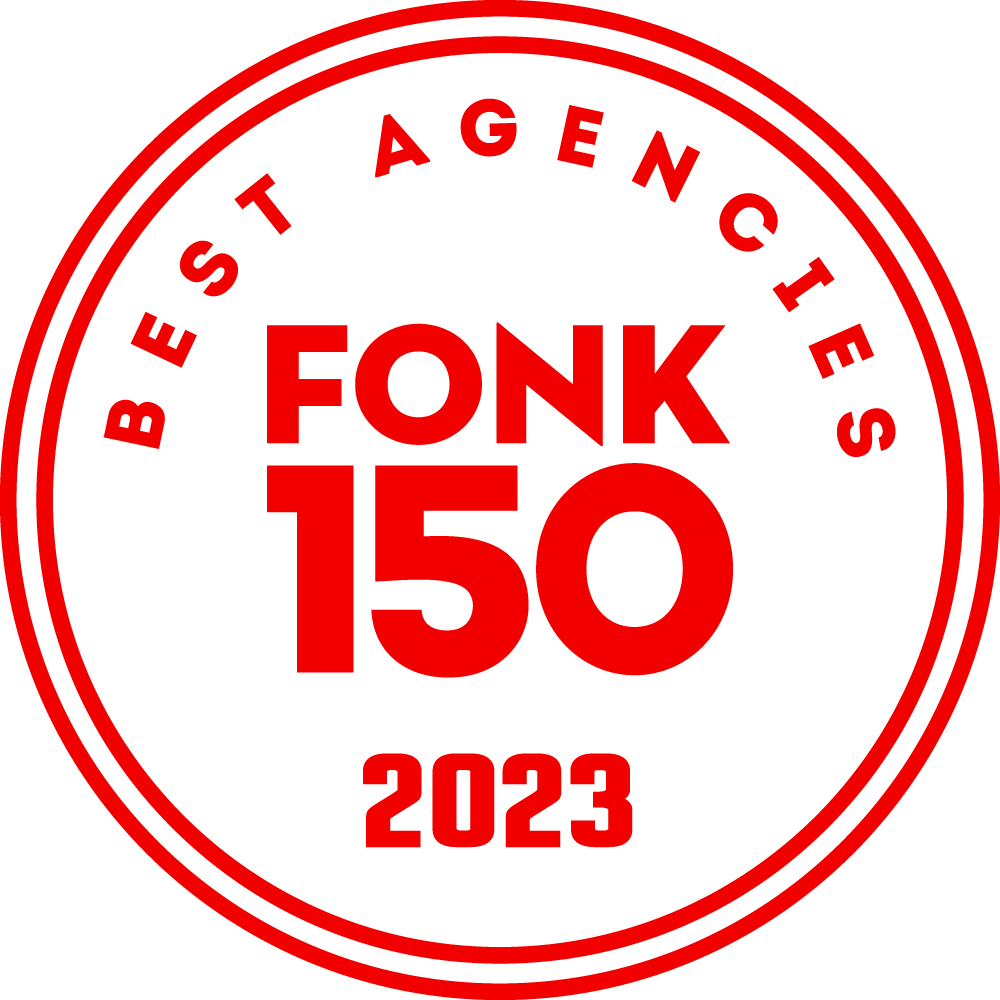Four steps of automation for optimal business value
Software will take over more and more tasks. This will sound ominous to many employees, but automation actually creates space to make the most of people's potential. Yet this sentiment often causes us to start cautiously deploying IT. This while the most value can be created from a fully automated business model. Discover the four steps of automation here.


Enter the conversation with Koen!
Step 1: Task automation
The first tentative step into the digital possibilities of automation is often at the task level. Here we look at which repetitive task can save the most time and/or cost and has the most ROI. Companies often embrace a Saas tool for this purpose or develop a simple software program. The scope of the automation is minimal. The business value of the tool is therefore limited to the task.
Step 2: Process automation
An organic next step of task automation is process automation. By digitising more and more tasks and combining them, the entire process can be automated.
Multiple Saas tools and proprietary software programmes are linked for this purpose. The business value of this step is a lot higher than step 1. Besides the time and cost savings, it also creates a lot of scope for the employees involved to improve the process.
Step 3: Arranging between functions
The third step is a big step closer to a digital ecosystem. Multiple automatic processes and tasks are being brought together. Thus, the nervous system of the digital core is taking shape. Different functions, processes and departments communicate with each other in a platform. Automation takes place through cross-disciplinary data alignment. This step provides the management with a grip and overview of the digital operations. This creates strategic thinking when determining the revenue model and margins.
Step 4: Digital Ecosystem
The final step is a fully automated business. This, so-called, hyperautomation offers the opportunity to reinvent the business model for optimal value creation. Also, the qualitative contribution of employees can be reviewed in order to utilise the maximum potential. The organisation is future-proof and dynamic and can move flexibly with developments in the industry.
In order to accelerate automation, it is advisable to use the roadmap from the top down approach. Start by defining a fully automated business model and determine the shortest route to it. This saves time and prevents previous choices in task or process automation from being leading in the design of the business model. the digital ecosystem.

